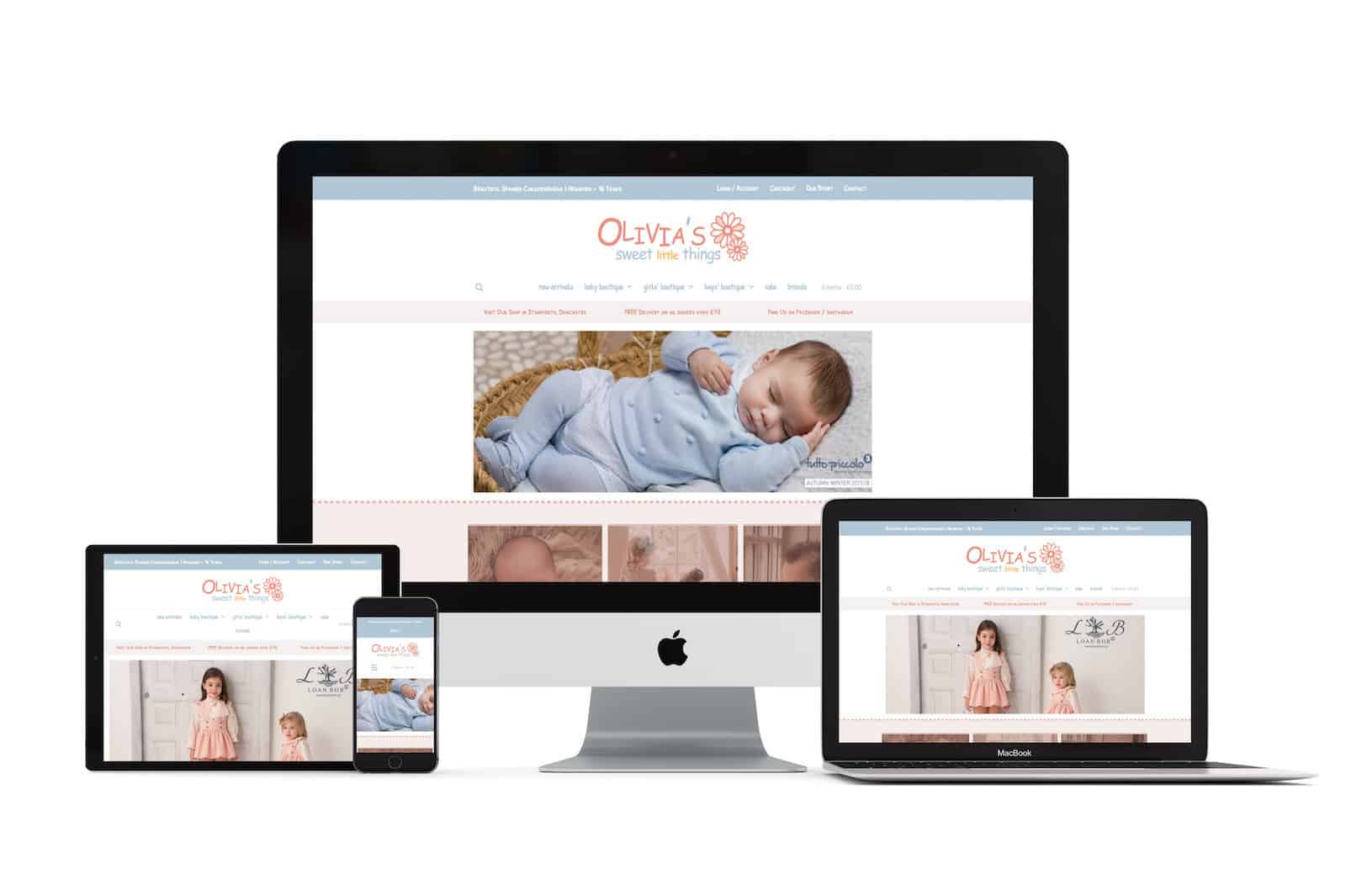How many times have you heard web designers talk about responsive design? A hundred? Maybe more? You may not realise it but it’s so important, even for SME business owners like yourself.
Technology is changing. Constantly. In a generation fuelled by technology and phones, a responsive website means you won’t be left behind on the big world web.
But how can you actually tell if you have a responsive website?
Are you not sure if your website is responsive or not? Either search on your phone and see if you get an optimised view of your website. On an Apple Mac desktop, you can pull the edge of your web page. Or, Google has a ‘Mobile Friendly Test’, you can copy your URL into the tool and it lets you know.
So, what does it mean to have a responsive website? It is a website which is designed to fit all devices. Having a responsive website means that it cleverly changes its design to fit the screen that it is being viewed on. It doesn’t matter whether you’re on a 26” computer screen, or a 6” portrait mobile screen, your website will scale its design to ensure that it is appropriate for that device for user experience.
A responsive website is crucial in this day and age. Your ideal customer? Could be in bed, commuting to work or even at their local coffee shop trying to load up your website on their phone. So, you have to make it as easy as possible for them by making sure your site looks good on all devices—mobile, tablets and laptops.
1. Accessibility
Think about your audience. No matter how beautiful your website looks on the desktop, it’s always going to be the last thing they think about if it’s not responsive. Have you ever had to manually pinch the content on a small screen just to read it? Zooming in and out just to read content is incredibly annoying for the user. It means it takes them twice as long to read the content when they just need to access it straight away. These days a user just wants to know the facts quickly and efficiently.
Not only is it much easier for them to use but it also means that they can browse your website wherever and whenever they want. People are impatient and have short attention spans, so you want to minimise the effort it takes to load up your content.
2. Scalability
Now back in the day, you’d usually have to have two different versions for desktop and mobile. But now, Google will place you lower in their search results if you do. So, if you haven’t thought about it already—it’s time to merge it all together.
The best advantage is that it’s not as much hard work. If you had two websites, you’d remember how much effort it was to by changing the codes separately for two different things. So, by having a responsive design, once you’ve change one thing on your website, your website will fit that feature for mobile view.
3. Google Preferences
The leading search engine prefers responsive websites over static ones or two different websites for mobile and desktop. Static websites are usually pages which don’t update and can only be tweaked using code. While it used to be suitable back in the day, they are becoming less fit for purpose as businesses change. So, it’s not a great way to grab potential clients or Google.
It makes sense though really, especially if a mobile user is searching for a topic relevant to your business. Google is going to side with the user, so help yourself by making sure you aren’t getting penalised by a website which helps you get your business out there.
4. Mobile is on the rise
An unresponsive website can break your mobile version. This means that where content looks good on a desktop could be moved on a mobile version, making it hard for your target customers’ to use.
Not only that but, everyone seems to be on the go. Think about yourself for a second—are you going to waste time booting up your laptop to view something on the web? No, that’s right. You’re definitely not. You’re going to pop that phone out your pocket and do your Googlin’.
You can’t deny how easy and accessible it is to use your phone. We use our mobiles to keep in touch, so it makes sense to use them to stay updated with the businesses we like too. So, make a responsive website for your customers to stay in touch with you.
5. A better user experience
Don’t hurt your business by neglecting to think about how your customers experience the website. Increase your customer loyalty by giving them a good experience due to the functionality and look on your website.

